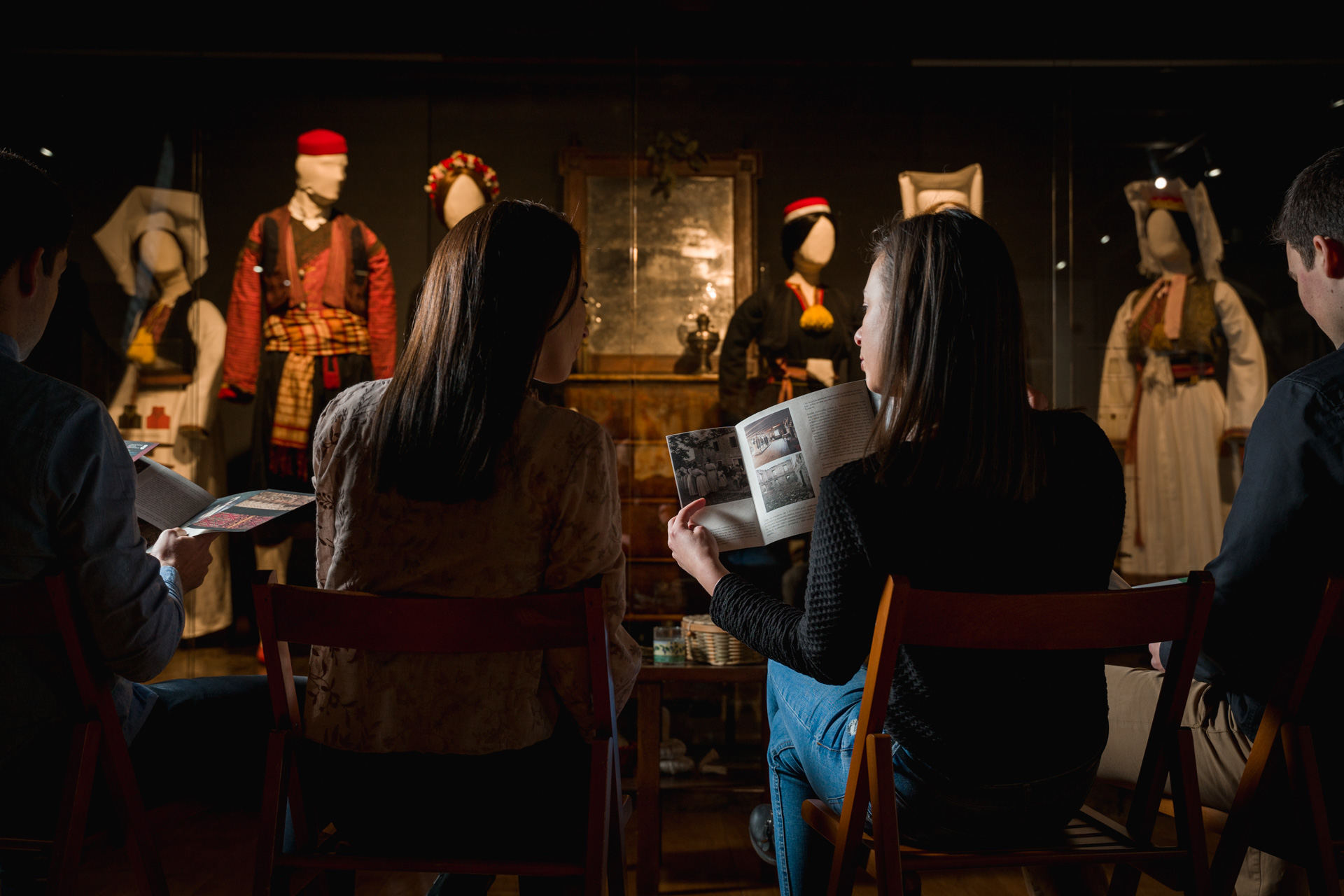Is tourism synonymous with environmental and cultural degradation of popular travel destinations? You might think so by listening to many talk about organised travel. While environmental issues related to travel are all too real and demand serious examination and counter-measures, simply packaging everything into a slogan saying: “Tourism is bad” is as dumb as it sounds. Travel products within a destination can take many forms and differ immensely in what kind of effect they have on the local environment and local way of life. Guided tours are a typical example.
Guided tours were very simple to define in the past. Large group packed into a coach, set itinerary, set price per person, everything included in the price. Today, they are getting to be incredibly diverse. In fact, it would be hard to define what a guided tour is nowadays. With the advent of various online services and apps trying to connect you to locals providing amateur tours and activities, the market has become saturated with everything from passionate individuals offering to take you around their neighbourhood to old school coach tours taking you and 48 other people to countryside restaurants offering 10€ tourist menus.
My company operates mostly in Dubrovnik, Croatia which is often in the news for being a famous holiday spot. Dubrovnik has also been in the news during the past few years because its historical centre is on the brink of being seriously damaged by seasonal overcrowding. This small medieval city is being overrun by tourists on certain days. It is a popular cruise ship port and its beautifully preserved historical centre is seeing 4 or 5 times the number of people visiting per day then there are people living within its medieval ramparts. Local businesses are getting more and more geared towards tourists and locals are seeing their typical Mediterranean culture of living threatened by all these changes. Naturally, there are many in Dubrovnik that deem tourism as inherently destructive.
There is a fundamental truth to tourism that many don’t understand. While it’s often seen as a destructive force in many destinations, it is possible for tourism to be a force for preservation and sustainability as well.
Don’t believe me? Let’s take a hypothetical situation where you are setting up a guided tour to the countryside exploring traditional food and wine scene.
There is a big difference in how you approach the organisation of such an activity if you are handling 4, 6 or 8 guests in a group, versus groups of 50, 100, or 200 people. Places you are going to visit with your guests have to fall within certain parameters. If you are dealing with a small group of people or individual travellers, these places need to offer authenticity and intimate feel suitable for a tour that costs more per person than one carrying 50 or 100 guests.The idea is to experience the area and local lifestyle for what it is or what it used to be. The best result will be achieved if the places visited don’t seem as if they cater to guests at all, but rather keep the form of a traditional countryside winery or cheese making estate or similar. Preserving the heritage and original appearance is not only possible, but mandatory. Some traditional rural communities in Croatia have managed to survive the downfall or traditional industries they survived on in the past because of tourism.
On the other hand, if you want to cater to large groups of people doing cheaper tours, you need to modify the existing infrastructure to such an extent you can actually handle 100, 200 or more people at the same time. You need employees, huge parking, professional kitchen, multiple washrooms, suppliers, up-selling, merch… and plenty more. Preserving the character of local heritage or small family business becomes impossible, or at least very difficult. This is not to say any of these two extremes is inherently bad. It’s just the reality of this business.
Does this mean you should never do big group tours? No. Sometimes, bigger is better. It is simply more fun to do certain things in a big group and lack of individual approach might even be better for people who want to have an option of simply quitting the tour halfway in and go off to do their own thing. Besides, not every area is sensitive to larger numbers of people. Using the same logic, not every small group tour is good quality or good value for money either. The negative side of the liberalization of the market is an absolute flood of people offering services they are simply not qualified to organise or perform.
We are forced to reset the entire travel industry because of the Coronavirus pandemic. This is the right time to think about these issues. Aside from helping tourism approach sustainability, small group activities increase the flexibility of destinations to handle guests of various profiles. They provide more value for money for guests looking to truly enjoy a certain area. They enable incoming companies to think “outside of the box” and explore their creative ideas.
Most people in the world would like to be the kind of traveller that does not engage in activities which might harm the area they are visiting. If you think a large group activity in the place you are next visiting might cause harm, think twice about doing it. Where ever you are travelling to, you will be visiting a living community of people or some other creatures. Your purchasing choices will have some sort of an effect on that community. Be aware of this. If you are already investing half a day or a full day of your vacation in doing a tour, make sure you going to feel good about it. With a bit of effort, it is easy to make travelling into a deep and meaningful experience. Enjoy your next vacation and make it authentic. You’ll appreciate it, trust me.



Recent Comments